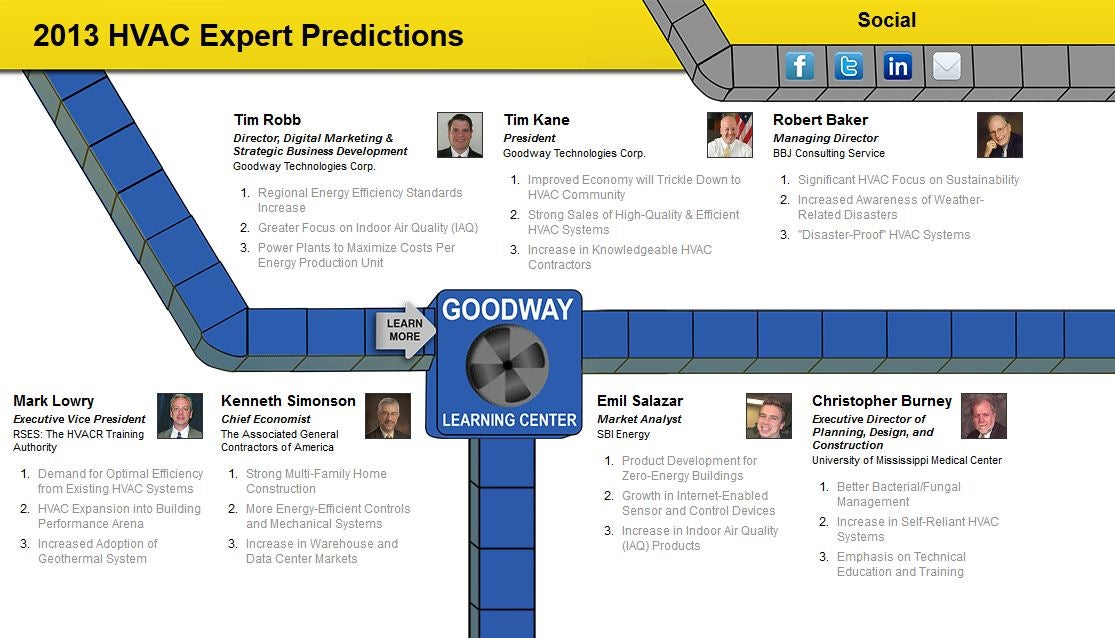The Ultimate Overview To Comprehending Warm Pumps - Just How Do They Work?
The Ultimate Overview To Comprehending Warm Pumps - Just How Do They Work?
Blog Article
Web Content Writer-Neergaard Hemmingsen
The very best heatpump can save you significant amounts of cash on power expenses. They can additionally help reduce greenhouse gas exhausts, specifically if you use power in place of fossil fuels like propane and heating oil or electric-resistance furnaces.
Heat pumps function significantly the like ac system do. This makes them a feasible alternative to standard electric home heating unit.
Exactly how They Work
Heatpump cool down homes in the summer and, with a little assistance from electrical energy or gas, they provide some of your home's home heating in the winter. They're a good option for individuals that want to minimize their use fossil fuels yet aren't prepared to replace their existing furnace and a/c system.
They count on the physical reality that even in air that appears also cold, there's still power existing: cozy air is constantly moving, and it wants to relocate right into cooler, lower-pressure environments like your home.
The majority of ENERGY celebrity licensed heat pumps operate at near their heating or cooling ability throughout a lot of the year, decreasing on/off cycling and conserving power. For the very best performance, concentrate on systems with a high SEER and HSPF rating.
The Compressor
The heart of the heat pump is the compressor, which is likewise known as an air compressor. christchurch heat pump servicing flowing tool makes use of possible power from power creation to enhance the pressure of a gas by decreasing its quantity. It is various from a pump in that it just deals with gases and can't collaborate with fluids, as pumps do.
https://alabamanewscenter.com/2021/11/02/alabama-power-supports-scholarships-for-hvac-fast-track-program-at-bevill-state-community-college/ enters the compressor with an inlet valve. It travels around vane-mounted arms with self-adjusting size that divide the inside of the compressor, creating numerous tooth cavities of varying dimension. The rotor's spin forces these dental caries to move in and out of phase with each other, pressing the air.
The compressor reels in the low-temperature, high-pressure cooling agent vapor from the evaporator and compresses it right into the warm, pressurized state of a gas. This procedure is repeated as required to provide heating or cooling as called for. The compressor likewise consists of a desuperheater coil that recycles the waste warmth and adds superheat to the refrigerant, changing it from its liquid to vapor state.
The Evaporator
The evaporator in heat pumps does the exact same point as it does in refrigerators and air conditioners, changing liquid cooling agent into an aeriform vapor that gets rid of warmth from the space. Heat pump systems would certainly not work without this vital piece of equipment.
This part of the system is located inside your home or structure in an indoor air handler, which can be either a ducted or ductless system. It has an evaporator coil and the compressor that compresses the low-pressure vapor from the evaporator to high pressure gas.
Heat pumps take in ambient warm from the air, and after that utilize electrical energy to move that warmth to a home or company in heating setting. That makes them a lot more energy reliable than electrical heating systems or furnaces, and due to the fact that they're using clean electricity from the grid (and not melting gas), they also produce much fewer emissions. That's why heat pumps are such excellent environmental options. (And also a substantial reason that they're ending up being so preferred.).
The Thermostat.
Heatpump are great options for homes in cold environments, and you can use them in combination with conventional duct-based systems and even go ductless. They're a terrific alternative to nonrenewable fuel source heater or conventional electrical furnaces, and they're a lot more lasting than oil, gas or nuclear heating and cooling equipment.
Your thermostat is the most essential component of your heatpump system, and it functions very in different ways than a conventional thermostat. All mechanical thermostats (all non-electronic ones) job by using substances that transform dimension with increasing temperature level, like coiled bimetallic strips or the increasing wax in a vehicle radiator valve.
These strips consist of 2 various types of steel, and they're bolted together to form a bridge that finishes an electric circuit attached to your HVAC system. As the strip gets warmer, one side of the bridge broadens faster than the various other, which triggers it to flex and signify that the heating system is required. When the heatpump remains in heating mode, the reversing shutoff turns around the circulation of refrigerant, to make sure that the outside coil now functions as an evaporator and the indoor cyndrical tube becomes a condenser.